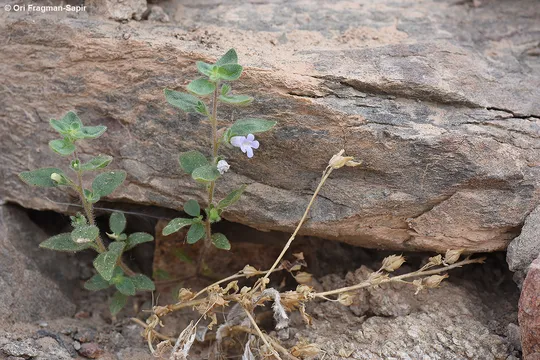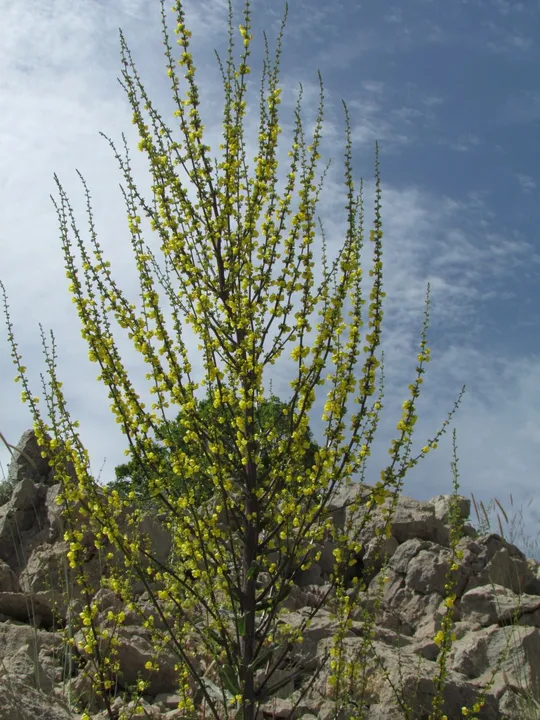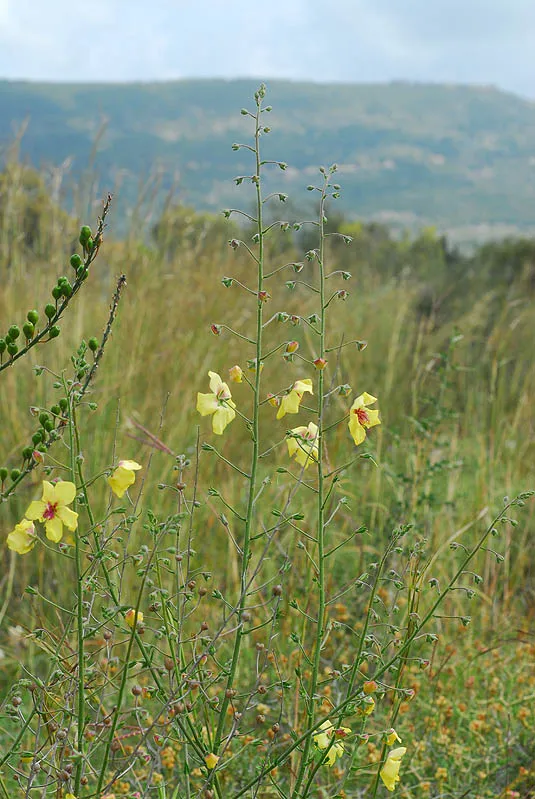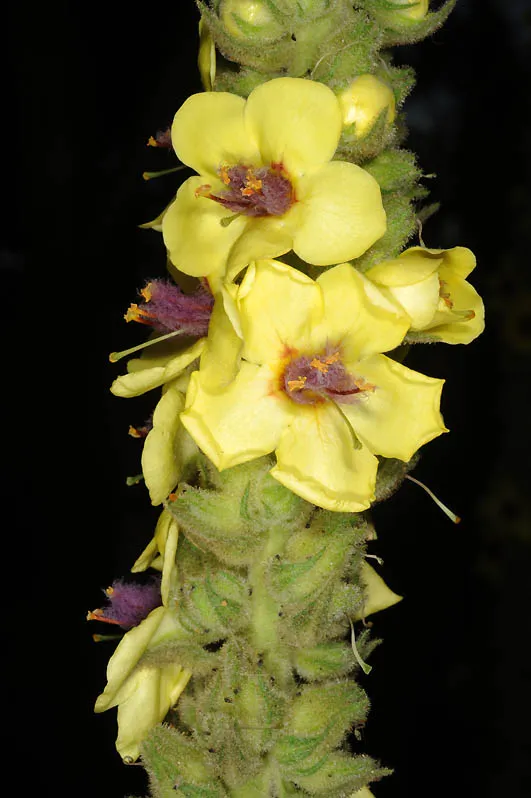Galilee Mosheovia
Mosheovia galilaea
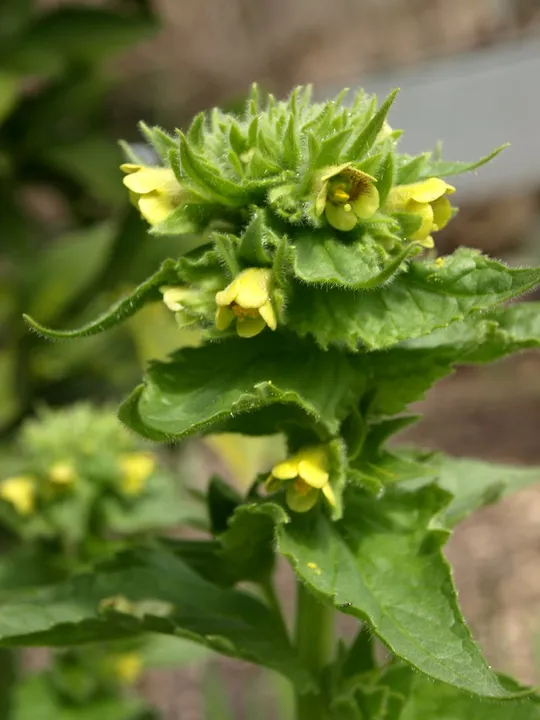
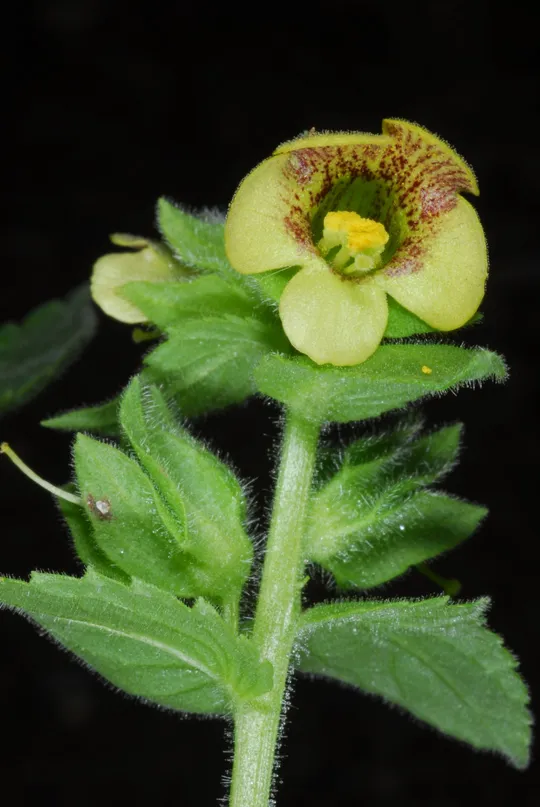
Mosheovia galilaea is known in Israel
from three regions: the Upper Galilee, the Hula Valley and the southern Golan,
from three certain sites and possibly one additional site. In the Upper Galilee
it grows on a single site near Mount Reihan near Rihanya, where three new
populations were identified during the 1991 rare plant survey. Eliezer Smoli
first collected the species near Kfar Gil'adi in 1925. Since then it was
collected in four locations in the eastern Upper Galilee. Meanwhile M.
galilaea became extinct in Kfar Gil'adi and Tel Hay and has
not been found since the 1920s. It has also not been found in the Ramot Naftali
area where it had been collected in the 1950s. In the Hula Valley it is known
today only from Gadot, where it was continuously recorded in the early 1990s
(Uzi Cohen). In the 1980s, it was collected east of the Hula Nature Reserve but
disappeared from there and from another site in located between Ayelet HaShahar
and Rosh Pina, which had been documented in the 1930s. M. galilaea
was recorded from the Southern Golan in the flora of Syria and
Lebanon, from the Afik area in the 1950s, however it was not found there again.
However, a new site was found upstream in Wadi Metsar
(Yuval Sapir, 1996).
In Israel Mosheovia galilaea grows on
alluvial soil at the edge of fields and orchards, on piles of soil and stones
and occasionally also in cultivated areas. On Ǧebel Druz – in herbaceous
fields, on basalt.
Mosheovia
galilaea is an endemic genus about which there is little data. Mosheovia is a monotypic genus (with one species) and the only
genus endemic to Israel. Eig originally classified the plant as a new species
of Scrophularia , but then
decided to give this taxon the status of a new genus, as he found features that
clearly distinguish it from the genus Scrophularia. In M. galilaea each whorl of the inflorescence has only one
flower; the staminode is permanently fixed at the base of the corolla, and not
at its opening as in Scrophularia; the shape of the fruit, in particular the
length of the beak and its thickness, are not typical of Scrophularia; the stigma is prominently split.
The most noticeable difference compared to Scrophularia is the calyx, which is
accrescent, i.e. it continues to grow during fruit ripening, attaining larger
dimensions than when flowering.
The
species belongs to the distribution group of "plants endemic to the Bashan
area and its margins". The
distribution center of this species group is the basaltic zone that extends
from Ǧebel Druz to the Golan. The Upper Galilee populations are located in the
eastern section of the species range.
·
Mosheovia
galilaea is currently found in the same three northern regions in
Israel, in which it was formerly found. Despite the discovery of new sites in
Rihanya and Gadot – the total number of sites where the species grows in these
regions is lower than in the past.
·
M. galilaea
usually appears as individual plants, or in groups of a few dozen in a small
area.
·
M. galilaea
grows on small stone heaps on roadsides and on the edge of cultivated areas,
which are easily accessible. Repeated soil preparation for cultivation, threatens
existing populations because of stone heap clearing. In addition, the small
number of plants in the population increases the risk of reproductive failure
and random extinction.
·
The M. galilaea sites
in Israel are not located in nature reserves.
·
M. galilaea
is endemic to Israel and to the Bashan region and its conservation status in
Israel is thus equivalent to its global status.
Meticulous surveys should be undertaken to try to locate
additional Mosheovia galilaea sites and the
known sites should be monitored. Populations should be established by seeding
in nature reserves or national parks in the eastern Upper Galilee – in Keren
Naftali and in the Dishon Stream Nature Reserve, creating a disturbance
management program that simulates field edges.
Mosheovia
galilaea has
an eastern Mediterranean distribution. It is endemic to the Bashan area and its
fringes and grows in the eastern Upper Galilee, southern Golan Heights and
Mount Bashan (Ǧebel Druz).
Mosheovia galilaea is a rare
annual plant characteristic of stone heaps and field margins. It grows at three
or four sites in three regions in northern Israel, and is endemic to Israel and
the Bashan region. The genus has only a single species and is the only endemic genus
in Israel, which was only discovered in the 1920s. These unique properties afford
it great conservation importance.
שמידע, א. וכהן, ע. 1989. מושיובית גלילית. טבע וארץ ל"א: 33-36.
Eig, A. 1938. Mosheovia. A New Genus of Scrophulariaceae. Palestine.J.Bot.
Current Occupancy Map
| 1000 squre meter pixel | 5000 squre meter pixel | 10000 squre meter pixel | |
|---|---|---|---|
| number of observations | 0 | 0 | 0 |
| in total pixels | 0 | 0 | 0 |
| Family | Scrophulariaceae |
| Classification | On the endangered species list |
| Ecosystem | Mediterranean |
| Chorotype | Eastern Mediterranean |
| Conservation Site | upper Wadi Metsar, Rihanya |
| Rarity |
1
4
6
|
|---|---|
| Vulnerability |
0
3
4
|
| Attractiveness |
0
0
4
|
| Endemism |
0
3
4
|
| Red number |
1
5.3
10
|
| Peripherality | 0 |
| IUCN category | DD EW EX LC CR EN VU NT |
| Threat Definition according to the red book | Critically endangered |
 Based on:
Based on:
